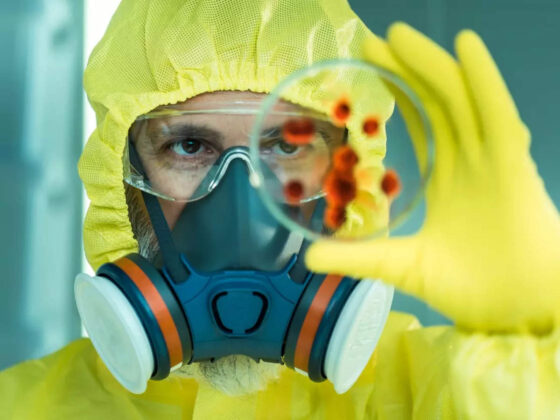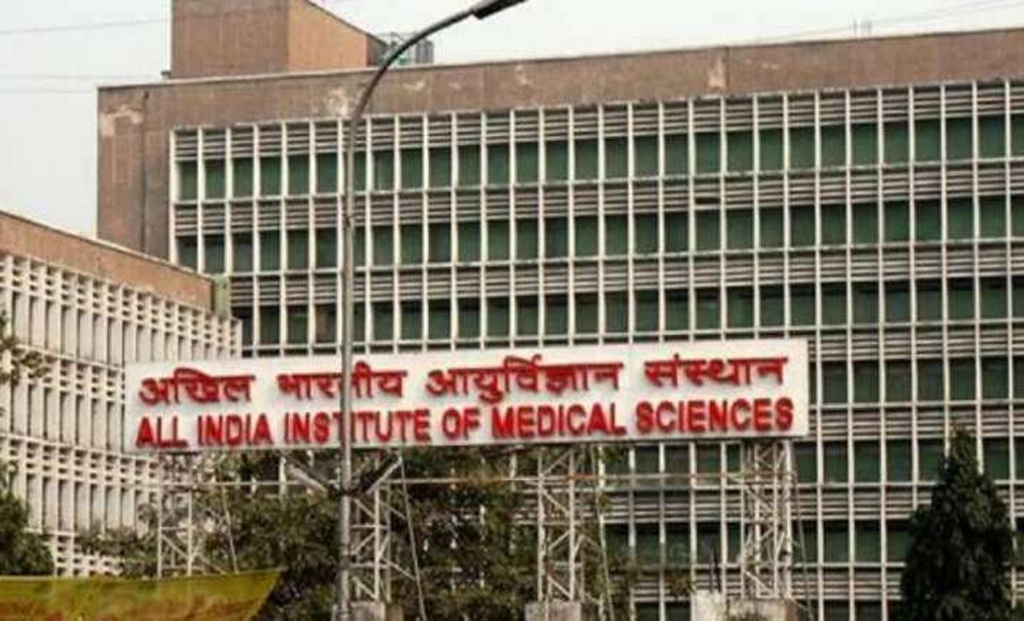Innovative cryoablation procedure harnesses cold gases to combat tumors
North India is set to witness a groundbreaking advancement in cancer treatment with the introduction of cryoablation, a first-of-its-kind procedure that utilizes cold gases to eradicate tumors. This minimally invasive technique shows immense promise in transforming the landscape of cancer therapy, offering new hope to patients and their families.
Cryoablation, also known as cryotherapy or cryosurgery, employs extreme cold temperatures to freeze and destroy cancer cells. Unlike traditional treatments like surgery, chemotherapy, or radiation, cryoablation is a targeted approach that focuses solely on the tumor, minimizing damage to surrounding healthy tissues. This breakthrough treatment is gaining recognition for its efficacy in treating various types of cancer, including prostate, kidney, liver, lung, and breast cancer.
Precision in action: How cryoablation works
During cryoablation, a specialized probe is inserted into the tumor, guided by imaging techniques such as ultrasound or CT scans. The probe then releases extremely cold gases, such as liquid nitrogen or argon, creating a freezing effect that crystallizes and destroys the cancerous cells. This rapid freezing is followed by a thawing phase, which further damages the tumor cells. The freezing and thawing cycles can be repeated, maximizing the destruction of cancer cells while preserving healthy tissues.
Advantages of cryoablation over traditional treatments
Cryoablation offers several advantages over conventional cancer treatments. Firstly, it is a minimally invasive procedure, typically performed under local anesthesia, which reduces the risk of complications and shortens recovery time. Secondly, its precision targeting ensures minimal damage to nearby organs and tissues. Additionally, cryoablation can be repeated if necessary, allowing for the treatment of recurring or metastatic tumors. Moreover, the procedure is often performed on an outpatient basis, enabling patients to resume their daily activities more quickly.
According to Dr. Ajit Yadav, Consultant, Department of Interventional Radiology, Sir Ganga Ram Hospital, “Cryoablation is a minimally invasive treatment to kill cancer cells with extremely cold gases. It works on the principle of the ‘freeze-thaw-freeze’ cycle. A thin needle- called a cryoprobe is placed directly into the cancer, under ultrasound or CT scan guidance. The cryoprobe circulates extremely cold gas like liquid nitrogen to freeze and kill cancer cells. Then the tissue is allowed to thaw. Finally, another cycle of freezing is performed. The time required depends on the size, location, and type of tumour”.
In general, cryoablation can also be used for the management of other types of cancers including lung, kidney, bone, liver and breast. The procedure takes about 1.5 to 2 hours. It is safe and the risks involved are generally lower than that of surgery. An additional advantage of cryoablation is that it can be repeated if required.
According to Dr. Arun Gupta, Chairperson and Senior Consultant, Department of Interventional Radiology, Sir Ganga Ram Hospital, “For the first time in North India, we chose cryoablation for this patient as the cancer was relatively large and very close to liver vessels and other vital structures. Cryoablation ensured complete ablation of the cancer which could also be visualized in the form of an ice ball on CT scan”.
According to Dr. Raghav Seth, Associate Consultant, Department of Interventional Radiology, Sir Ganga Ram Hospital, “Describing the advantages of this technique over other types of ablations, “Cryoablation is associated with fewer side effects, is pain-free with faster recovery, gives better-defined treatment margin and causes less damage to surrounding tissue.”
The doctors concluded by saying, “With the advent of Cryoablation, our department is now fully equipped to treat these types of cancers with all types of ablation techniques-Radiofrequency ablation (RFA), Microwave Ablation (MWA) and Cryoablation, under one roof. We are sure that this technology will be very beneficial for the suffering cancer patients.”
Revolutionizing cancer therapy and improving patient outcomes
The arrival of cryoablation in North India represents a significant milestone in cancer treatment. By providing an alternative to invasive surgeries and aggressive therapies, this groundbreaking technique offers new possibilities for patients who may not have been eligible for traditional treatments due to health constraints or advanced stages of cancer. The improved precision and reduced side effects of cryoablation can enhance patients’ quality of life and contribute to better treatment outcomes.











